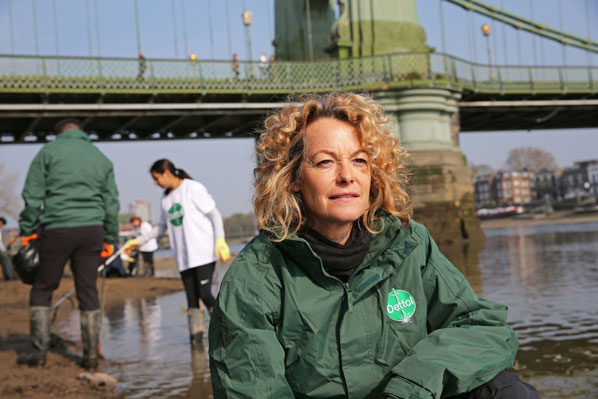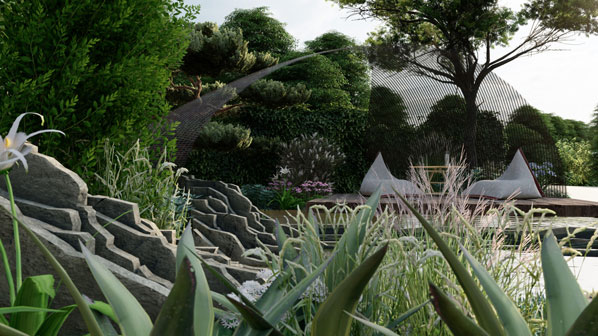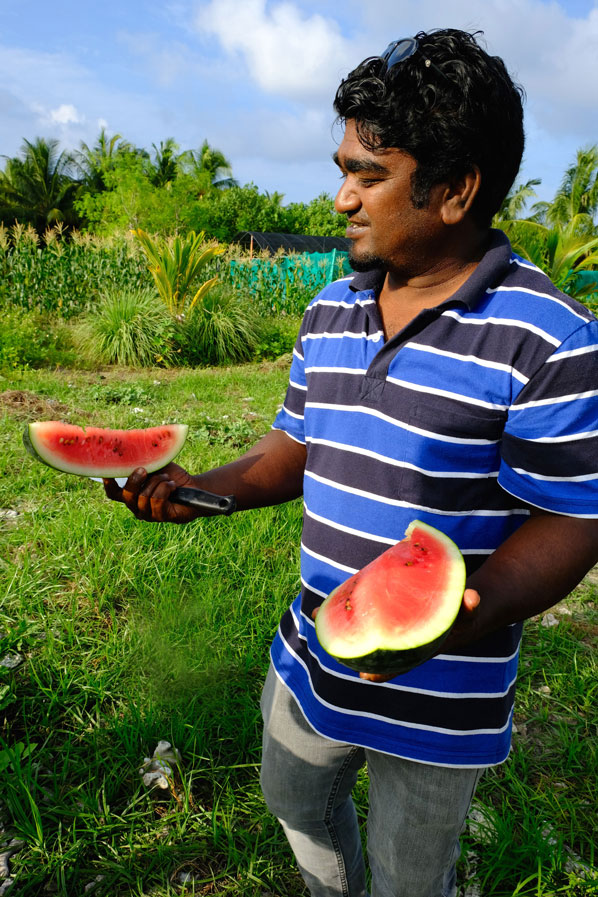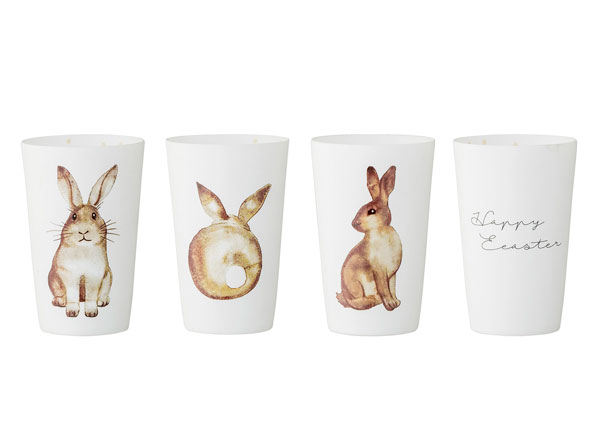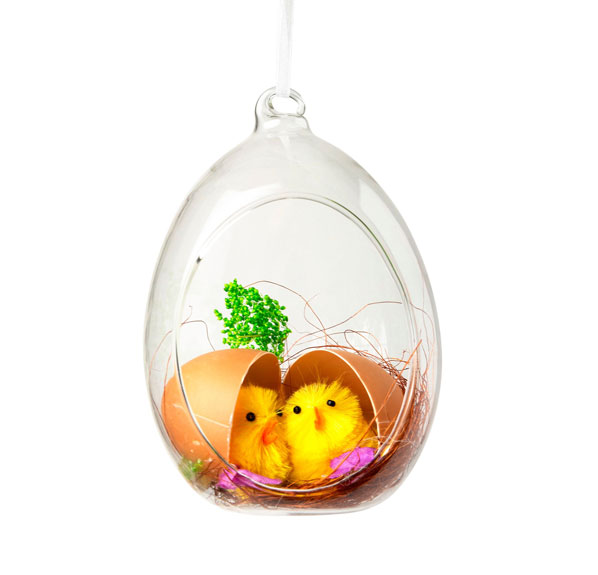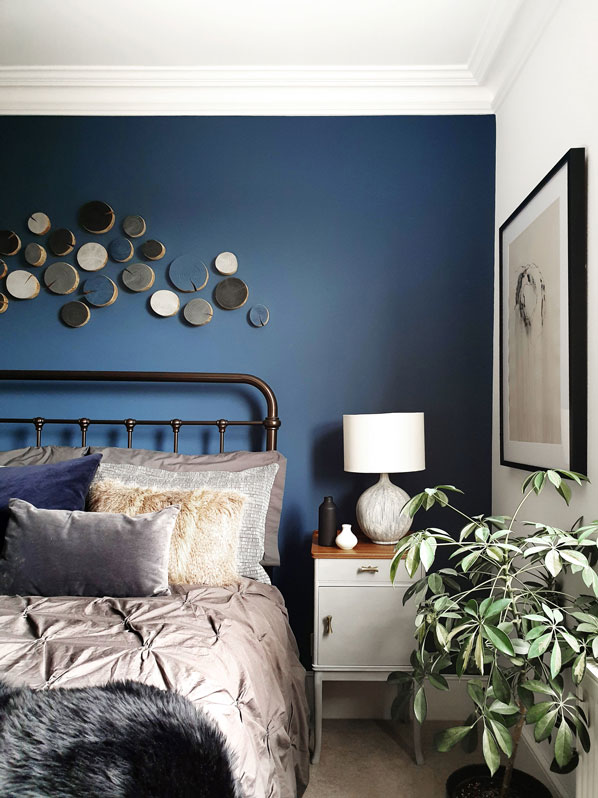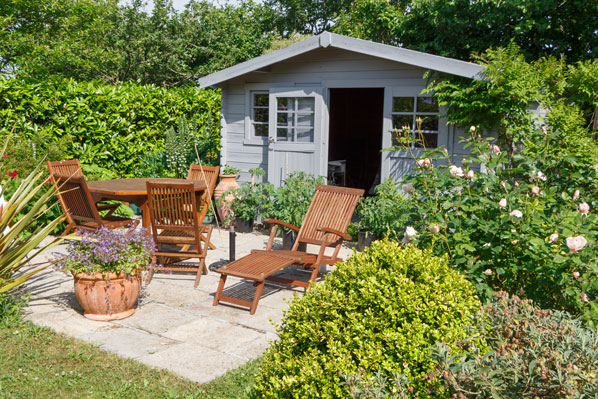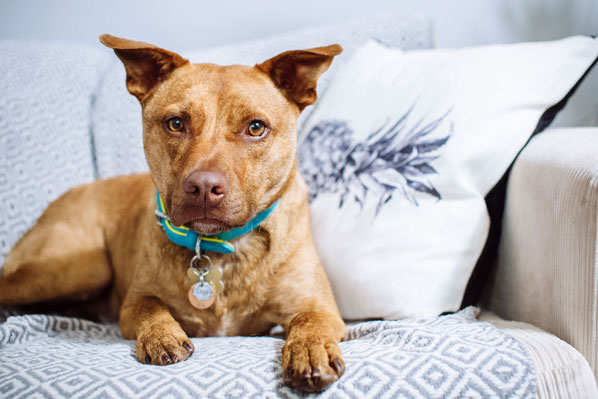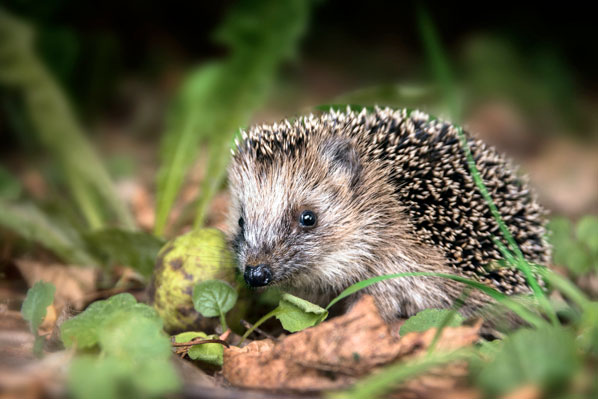Channel some RHS Chelsea Flower Show magic with some blooming marvellous home accessories. Sam Wylie-Harris reveals her pick of the bunch.
Fashions and trends may come and go – but year in, year out, the world’s most famous horticultural event never fails to spark us all to have a spring fling and take inspiration from its fabulous flowery displays.
We’re talking about the RHS Chelsea Flower Show (May 21-25), of course. Whether or not you can make it to the gardening extravaganza in person, embracing blooms in home styling won’t be a challenge – and there’s a vivid landscape to pick from.
“We’re seeing more adventurous colour and fabric selections coming through when it comes to upholstery, and our love of florals continues to flourish,” says Vanessa Hurley-Perera, chief product officer, Sofa.com
“These bold choices are increasingly popular for accent pieces, such as armchairs, footstools and cushions,” she adds. “Long gone are the days of matching three-piece suites and itsy-bitsy prints – customers are plumping for larger designs and brilliantly bold tones.”
Check out our 13 favourite floral finds to shop now…

1. Snowdrop 2 Seat Sofa in Periwinkle Chelsea Bloom, £1640 (other items from a selection), Sofa.com
“For SS19 we’ve developed a new floral fabric, Chelsea Bloom, in Periwinkle (Blue) and Petunia (Pink), which features large blooming flowers against a dark background,” says Hurley-Perera. “The dramatic design appears to have almost been hand-painted onto your sofa, and works beautifully amongst our rich and vibrant colour scheme of super soft velvets.”

2. Millport Pair of Small Fabric Scatter Cushions, currently reduced to £55 from £75, Furniture Village
You can never have too many cushions, especially when pretty pink sprigs are planted among the greenery.

3. Feather Juju Wall Decoration, £85, OKA
Very swish, this feather deco in the shape of an exotic flower deserves a Best in Show. And if you really want to transform a wall, you could frame a mirror with a bloom on either side.

4. Gold Birdcage Tealight Holder, currently reduced to £39 from £79, Furniture Village
The joy of this whimsy deco is that you can dress it up to suit any scheme. If your space is a pop of colour, mix’n’match bright tealights. Otherwise, keep tealights white and tie a silk ribbon through the loop, or – even better – drape some faux greenery along one side of the cage.

5. Portmeirion Botanic Garden Plate (8 inch), from £15; Teapot (2pt), £66; Teacup and Saucer, £18.50, Portmeirion.co.uk
Throwing a garden party? When it comes to floral-inspired teas, sometimes you just can’t beat the classics. We’ve been foraging for the celebrated Botanic Garden range for 40 years; the collection offers endless possibilities with its iconic designs.

6. Yankee Candle Salt Mist Rose, £23.99, The Yankee Candle Company
Yankee Candle are celebrating their 50th anniversary with 16 limited-edition fragrances. We love Salt Mist Rose, which first came to light in the Nineties, and is characterised by ‘the beautiful scent of delicate roses by the sea’.

7. Set of Six Peony Glasses, £69, Graham & Green
Versatile and very pretty, these coloured tumblers are etched with blooms and will be the toast of Happy Hour.

8. Bentwood and Rattan Flower Chairs and Table, £850 for the set, Raj Tent Club
Ideally, this terrific trio is best suited to a conservatory, but would look just as striking in a sunny corner or bedroom setting. Especially with a trendy succulent resting on the table.

9. Morrisons Flourish Jug, £14, Morrisons
This gorgeous jug imbibes a meadow of wild flowers.

10. Pack of Twenty Boho Floral Napkins, £3.95, Graham and Green
A favourite with party planners, you don’t need to be a flower child to prize these quirky napkins.

11. Flower Market Everyday Bowl, £59, Amara
With a lovely vintage feel, you can almost sense the exotic fragrance resonating from this beautiful bunch.

12. Morrisons Flourish Duvet Cover & Pillowcases Sulphur Meadow Bouquet, from £16; Ditsy Bedspread, £27; Bumblebee Cushion, £8, Morrisons
This new Flourish range brings the countryside one step closer to home with its blousy florals, ditsy prints and sweet wildlife illustrations which feel like a breath of fresh air.
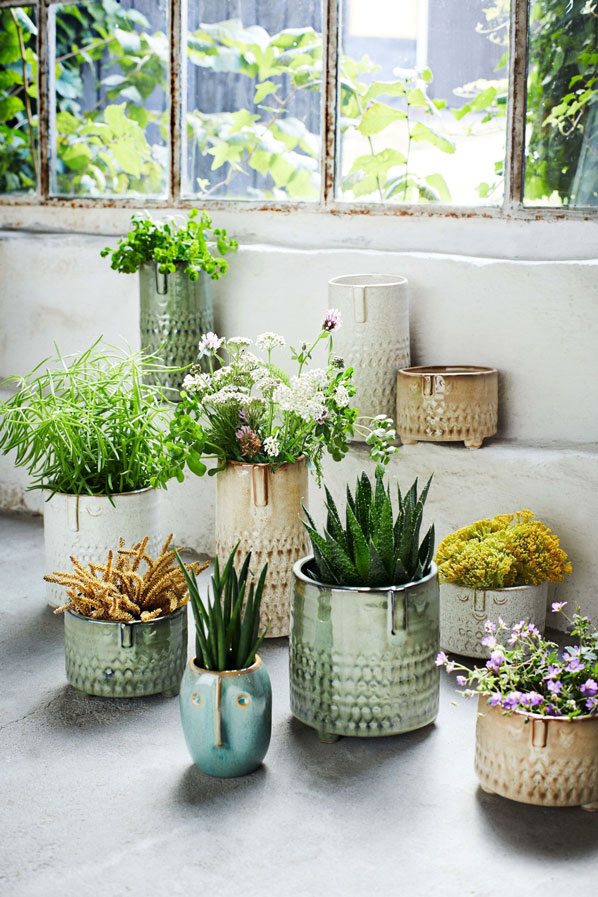
13. Face Imprint Plant Pots and Vases, available in White, Green and Taupe, £10.95-£17.95 each, Graham and Green
As if these quirky plant pots aren’t eye-catching enough, they could give your favourite house plant a new lease of life.






